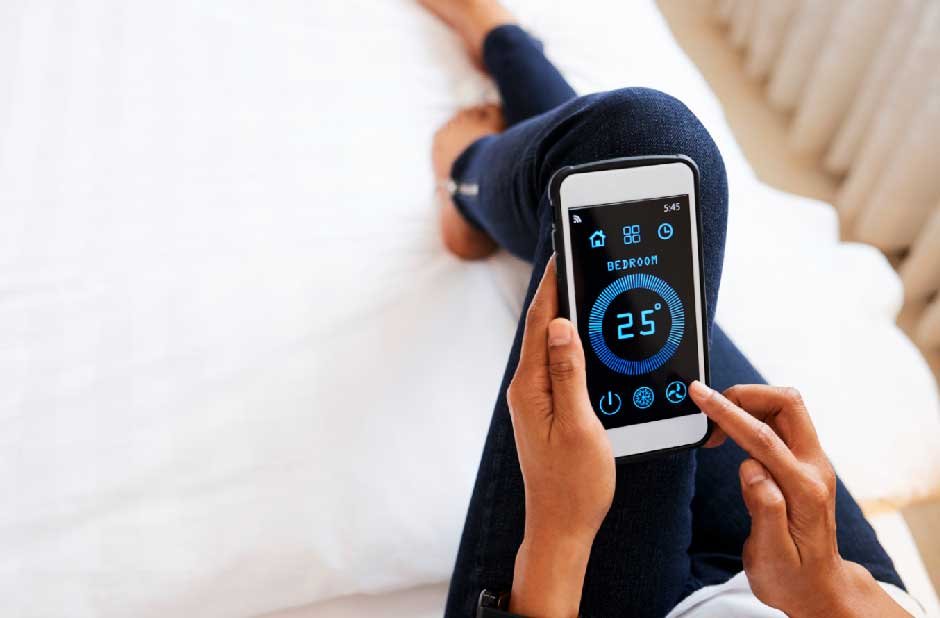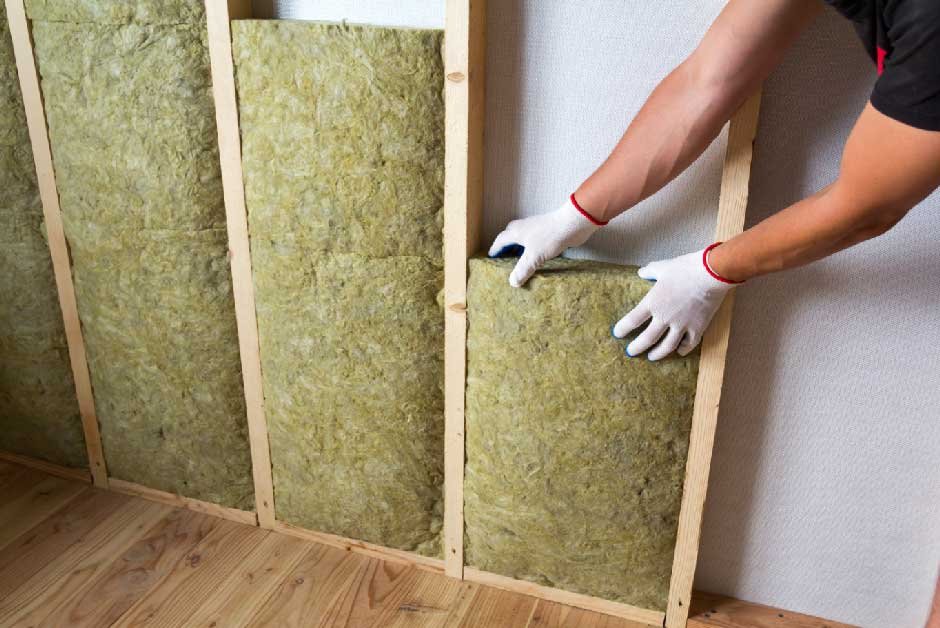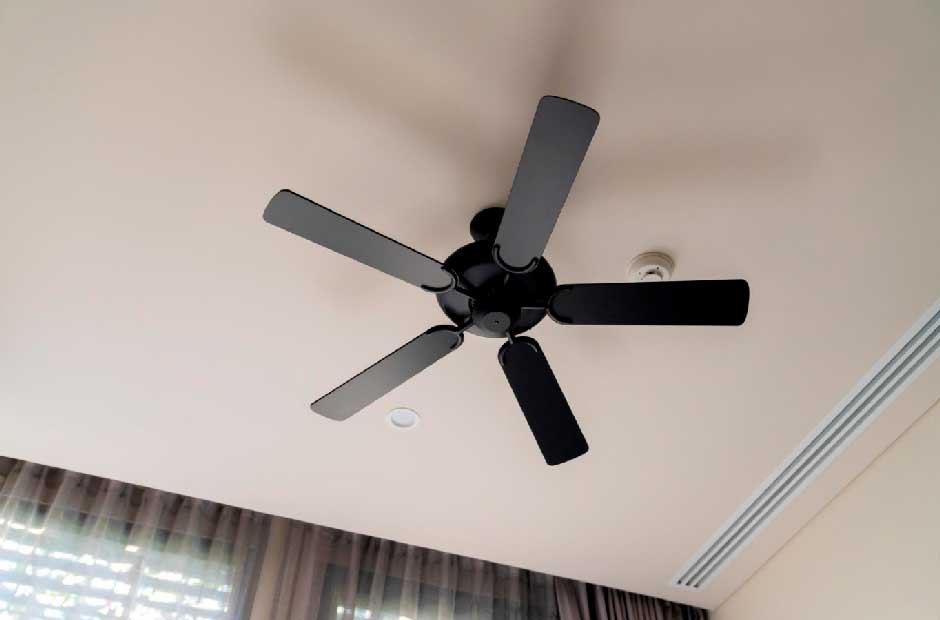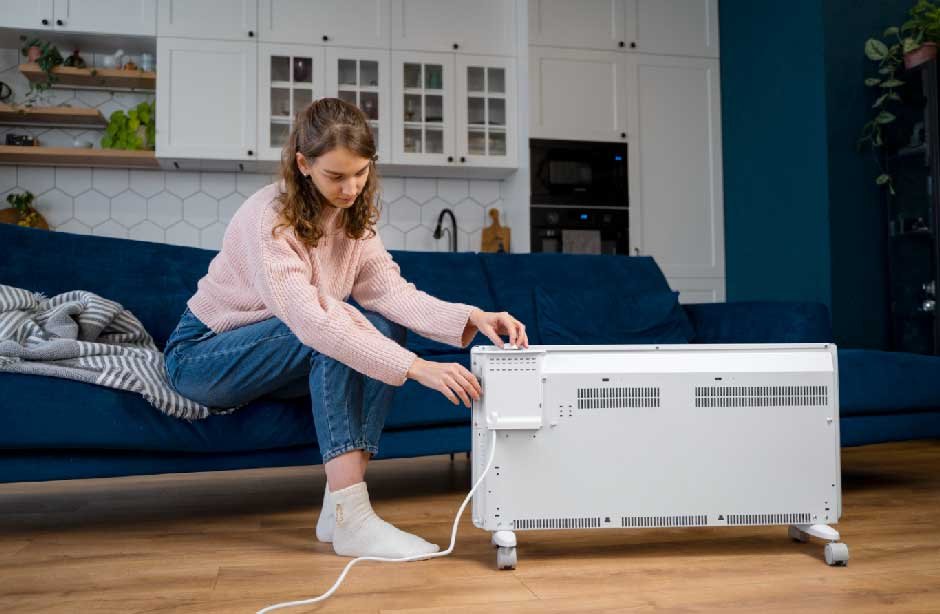Skip to the good bit
ToggleMost thermostats lie to you about what temperature your house actually is. They measure air near the wall where they’re mounted, which can be 3-5 degrees different from where you’re sitting. Your AC controller might show 72°F while you’re sweating in a 78°F living room because hot air rises and cold air pools in different spots. Here’s how to actually control your indoor climate instead of fighting with it.
Zone Your Home for Temperature Control
Create Separate Climate Zones
Your kitchen generates heat when you cook, your bedroom needs to be cooler for sleep, and your basement stays naturally cool year-round. Treating your entire house as one temperature zone wastes energy and leaves some rooms uncomfortable.
Practical Zoning Methods:
- Manual dampers in ductwork cost $15-30 each and let you redirect airflow room by room
- Motorized dampers ($80-150 each) connect to smart controls for automatic adjustment
- Mini-split systems provide independent temperature control for specific areas without ductwork changes
Room-by-Room Requirements:
- Bedrooms: 65-68°F for optimal sleep quality
- Living areas: 68-72°F for general comfort
- Kitchen: Often runs 2-3°F warmer due to appliances and cooking
- Bathrooms: 70-75°F to prevent condensation and maintain comfort
- Home office: 68-70°F to maintain alertness without drowsiness
Smart Controller Integration
A smart temperature controller eliminates the guesswork by learning your schedule and preferences automatically. Unlike programmable thermostats that follow rigid schedules, these devices adapt to your actual behavior patterns.
Key Advantages Over Standard Thermostats:
Learning Algorithms: Track when you’re home, asleep, or away, then precondition spaces before you need them to be comfortable.
Remote Sensors: Place sensors in frequently used rooms rather than relying on hallway thermostat readings.
Weather Integration: Adjust heating and cooling based on outdoor temperature forecasts and humidity levels.
Energy Reports: Show exactly how much different temperature settings cost, helping you find the sweet spot between comfort and bills.
Installation Considerations:
Most smart controllers require C-wire connections for power. If your current thermostat has only two wires, you’ll need either a C-wire adapter ($25-40) or professional installation to add the wire.

Optimize Your HVAC System Performance
Filter Maintenance Schedule
Dirty filters restrict airflow and force your system to work harder while providing less comfort. Check monthly, replace when they look dirty – don’t wait for arbitrary 3-month schedules.
Filter Types and Performance:
- Fiberglass filters ($1-3): Protect equipment, but don’t improve air quality
- Pleated filters ($8-15): Balance airflow restriction with dust removal
- HEPA filters ($20-40): Maximum filtration, but may restrict airflow in older systems
Duct Sealing Impact
Leaky ducts waste 20-30% of conditioned air before it reaches your rooms. Professional duct sealing costs $1,500-3,000 but typically pays for itself within 2-3 years through reduced energy bills.
DIY Duct Improvements:
- Seal visible joints with mastic (not duct tape)
- Insulate ducts in unconditioned spaces like attics or crawl spaces
- Replace flexible ducts that have been compressed or damaged
Strategic Insulation and Air Sealing
Target Problem Areas First
Attic Insulation: Add insulation until you reach R-38 to R-60, depending on your climate zone. Blown-in insulation costs $1.50-2.50 per square foot installed.
Wall Insulation: Difficult to retrofit but crucial for comfort. Injection foam insulation can be added to existing walls for $2-4 per square foot.
Basement and Crawlspace: Insulate walls, not floors, in conditioned basements. Seal crawlspace vents and condition the space rather than isolating it.
Air Sealing Priorities:
- Electrical outlets on exterior walls – use foam gaskets ($0.50 each)
- Baseboards where they meet exterior walls – caulk gaps
- Windows and doors – weatherstrip moving parts, caulk stationary frames
- Penetrations where pipes, wires, or ducts pass through walls

Advanced Temperature Control Methods
Radiant Floor Heating
Electric radiant systems cost $8-15 per square foot installed and provide even heat distribution without air circulation. Hydronic systems cost more upfront ($6-20 per square foot) but operate more efficiently for whole-house applications.
Ceiling Fans for Air Circulation
Ceiling fans allow you to maintain comfort at temperatures 3-4°F higher during summer and help distribute warm air during winter when reversed. Choose fans with DC motors for quiet operation and energy efficiency.
Window Treatments for Temperature Control
Cellular shades can reduce heating costs by 10-20% and cooling costs by 15-25% compared to bare windows. Install inside-mount shades with minimal gaps for maximum effectiveness.
Reflective window film blocks 50-80% of solar heat gain for $3-7 per square foot, but may void window warranties and affect appearance.

Humidity’s Role in Comfort
Ideal Indoor Humidity Levels:
- Winter: 30-40% to prevent dry skin and static while avoiding condensation
- Summer: 40-50% to maintain comfort without encouraging mold growth
Humidity Control Equipment:
Whole-house humidifiers ($300-800 installed) add moisture during the heating season. Bypass humidifiers work with existing ductwork, while steam units provide more precise control.
Dehumidifiers for basements or humid climates cost $200-600 for portable units or $1,200-2,500 for whole-house systems.
Programmable and Digital Controls
A temperature controller becomes most effective when programmed correctly for your specific schedule and preferences.
Effective Programming Strategies:
Gradual Temperature Changes: Set temperatures to change 1-2 degrees per hour rather than large jumps that waste energy and create discomfort.
Seasonal Adjustments: Winter programming should account for solar heat gain through south-facing windows. Summer programming needs to consider heat buildup during afternoon hours.
Vacation Settings: Use 7-day advance programming to return home to comfortable temperatures without heating or cooling empty houses.
A digital temperature controller offers precise control that mechanical thermostats can’t match. Digital models maintain temperature within ±1°F compared to ±3°F for mechanical units.
Advanced Features Worth Paying For:
- WiFi connectivity for remote monitoring and control
- Geofencing to detect when you’re away automatically
- Multiple sensor inputs for better temperature averaging
- Maintenance reminders for filter changes and system servicing
Energy-Efficient Temperature Maintenance
Heat Pump Optimization
Heat pumps maintain ideal indoor temperature more efficiently than resistance heating but require proper sizing and installation. Oversized units cycle on and off frequently, reducing efficiency and comfort.
Backup Heat Management: Set auxiliary heat to activate only when indoor temperature drops 2-3°F below setpoint rather than immediately when heating demand increases.
Thermal Mass Utilization
Concrete floors and stone surfaces store and release heat slowly, helping maintain stable temperatures. Schedule heating and cooling to take advantage of thermal mass by pre-conditioning spaces before peak demand periods.
Smart Scheduling: Heat thermal mass during off-peak electricity hours when rates are lower, then let stored heat maintain comfort during peak rate periods.
What Actually Works
Skip the expensive home energy audits unless your utility company provides them for free. Start with air sealing around windows and outlets, upgrade to a programmable thermostat, and maintain your HVAC system properly. These three steps will solve 80% of temperature control problems for under $500. Everything else – zoning systems, radiant floors, whole-house humidifiers – only makes sense after you’ve handled the basics correctly.







